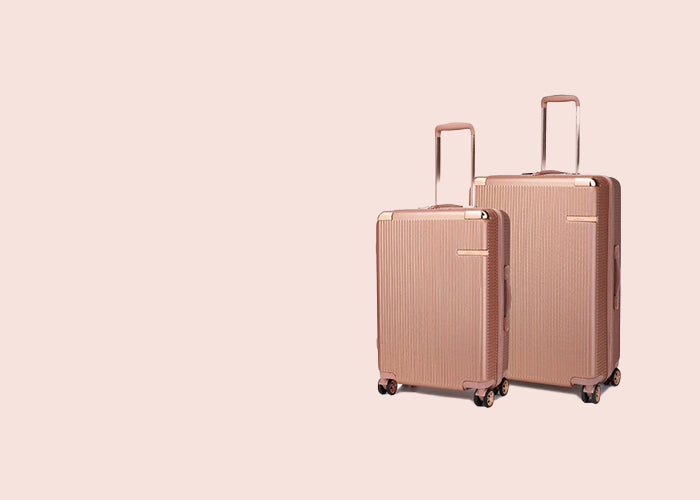Flying Standby is an inspiring and economical way to travel, but it is often accompanied by some uncertainty that may cause unease. Nonetheless, if you approach this spontaneous mode of traveling correctly and prepare well, it can be a smooth and stress-free experience for you.
In this blog post, we will go over essential tips for flying standby, discuss the difference between standby tickets vs positive tickets, as well as how to buy standby tickets.
What is Flying Standby?
Traditionally, flying standby meant waiting for an empty seat in an already fully booked flight which was often at a lower fare compared to the original one. However today, flying standby usually refers to passengers who missed their initial flights employees of airlines, or people wanting to change their flights either earlier or later. Just before your journey on standby flights starts however familiarize yourself with the policies concerning standby by specific airlines so that last-minute stresses are avoided.
Standby Tickets vs Positive Tickets
One of the main differences between standby tickets and positive tickets is certainty. When you have a positive ticket means you have had a reservation made for you while with a standby ticket, there is no such thing as security. On a waitlist are put passengers who fly by stand-by and they will only board if there are any left seats after all other confirmed travelers have checked in. If you prioritize certainty in your travel plans, a positive ticket is your best option. However, if you are flexible and looking for a budget-friendly alternative, standby tickets can be a great way to save money.

Suggested read: Best Large Duffle Bags for Travel: Spacious and Durable Options
How to Buy Standby Tickets
Getting standby tickets is not as simple as purchasing regular ones. Often, airlines offer flying standby options to their employees, family members, and passengers who have flexible tickets and wish to swap their flights on the day of travel. In some cases, when making reservations for a flight, passengers are allowed to choose standby lists at a reduced fare. Check with your airline about specific standby ticket alternatives and the costs associated with them. You should make a list of things that you need to do before leaving so that everything goes smoothly if you are going to use these offers.
Travel Light
Being on standby means one crucial thing: you must pack light. It is important that all items can fit into a compact suitcase or carry-on bag which meets the requirements set by airlines. Furthermore, packing lightly implies being more adaptable because there won’t be the need to wait for checked luggage in case one manages to get onto an aircraft at the last minute. This will help you move through the airport quickly thereby minimizing any apprehension connected with flying on stand-by.
Arrive there in advance
The day is very important when it comes to flying standby. To have a chance of occupying a seat, you need to come to the airport earlier than anyone else. Some carriers give priority to the checking-in time of standby passengers, and therefore being among the first people in line may greatly better your odds. Moreover, coming early will give you more time to deal with any emerging problems like rebooking or revising one’s plans if necessary. Always keep your phone close so that you can follow up on your position as well as get information about available flights.
Stay Close to the Gate
Stay by the gate after checking in and making it onto the standby list. Standby passenger announcements usually happen abruptly and hence you must be ready for boarding at any moment without notice. The difference between catching a flight or losing an opportunity may depend on whether you are watching the gate or not. In this case, consider carrying some vital things like a passport, boarding pass, and phone inside your rucksack or coat pocket where they can be easily accessed.
Have a Back-Up Plan
While flying standby demands being flexible, it is advisable to have a backup plan ready in advance. You can alleviate any stress you may have by having a fall-back position like booking a hotel room during the day should you fail to get on board or simply purchasing a positive ticket for later. Be ready for any situation that will not take you by surprise by thinking about all possible scenarios. This will help you deal with unplanned situations that could happen during your trip.
Conclusion:
With the right attitude and prior arrangements, flying standby can be an interesting and rewarding way of traveling. By knowing about the differences between standby tickets and positive tickets, packing light, coming early, and keeping up to date, one can enjoy the uncertainty of traveling as a standby traveler. Remember these tips for your safe journey through standby lines without any anxiety. Safe travels!
FAQs
How Does Flying Standby Work? What are the basics?
This involves arriving at the airport without confirmed seats hoping there are some vacancies on a flight where they can fit in. Then you are put on what is called a ‘standby list’ in order of calling which is usually made based on time check-in was done. It means just being ready to leave when if opportunity presents itself.
What are the chances of getting a seat when flying standby?
Your chances depend on the flight's popularity, time of day, and how many people are ahead of you on the standby list. Early morning or late-night flights during off-peak times usually offer better odds.
How can I improve my chances of successfully flying standby?
Get to the airport early, pack light, stay close to the gate, and monitor flight availability. Being polite to airline staff can also help.
Are there any fees or costs associated with flying standby?
Yes, some airlines charge a fee, while others offer it for free to certain ticket holders or loyalty members. Check with your airline to know what to expect.










